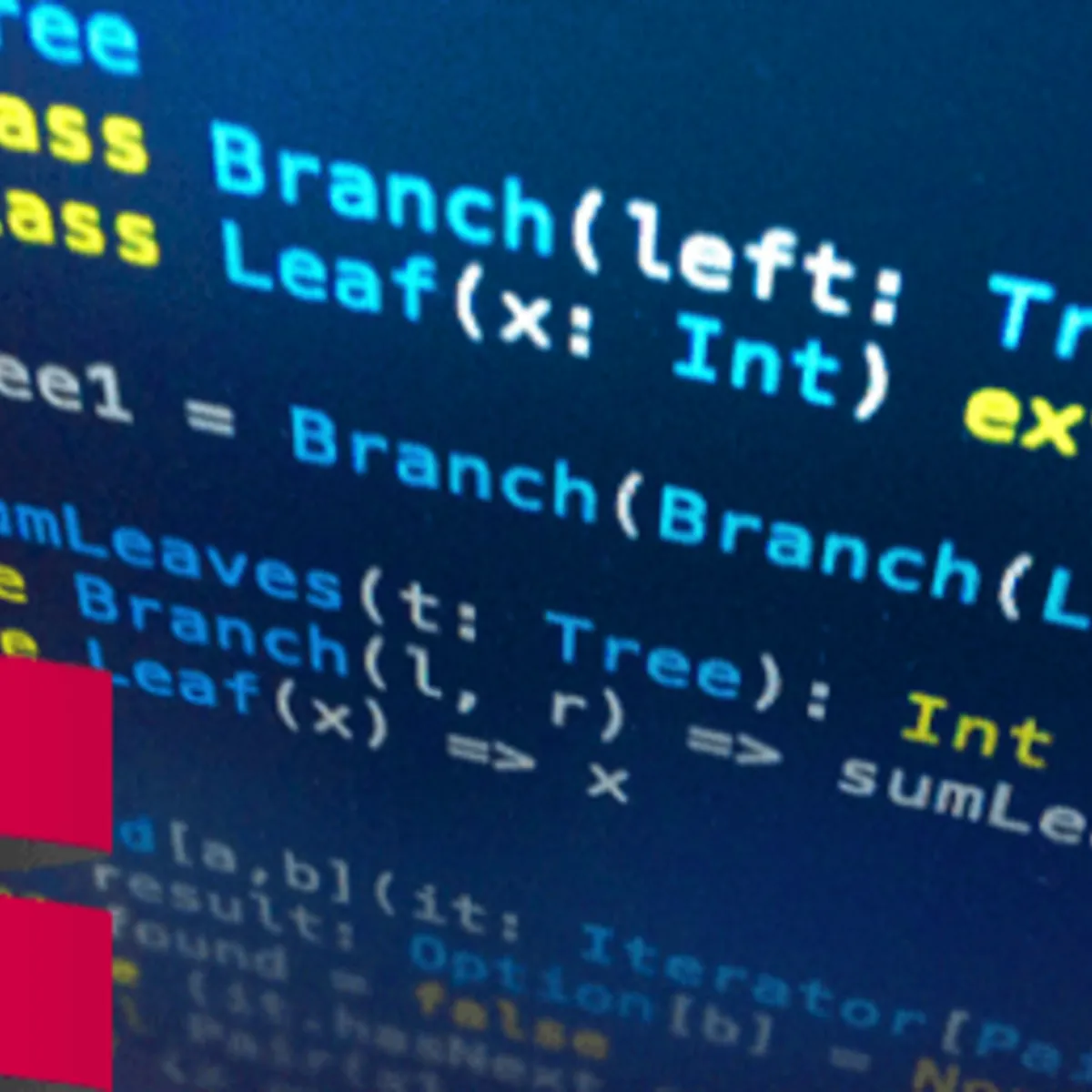
Preprocessing for Machine Learning in Python 
Preprocessing data is essential for successful machine learning in Python. Learn how to explore data types, deal with missing data, and generate new features. Discover how to encode, aggregate, and extract data from numerical and textual features. Finally, use principal component analysis to reduce the number of features in your dataset. Get started now! ▼
ADVERTISEMENT
Course Feature
![]() Cost:
Cost:
Free Trial
![]() Provider:
Provider:
Datacamp
![]() Certificate:
Certificate:
No Information
![]() Language:
Language:
English
Course Overview
❗The content presented here is sourced directly from Datacamp platform. For comprehensive course details, including enrollment information, simply click on the 'Go to class' link on our website.
Updated in [June 30th, 2023]
This course provides an overview of preprocessing for machine learning in Python. Students will learn how to explore data types, deal with missing data, and generate new, more useful features from existing ones. Additionally, students will learn how to encode, aggregate, and extract data from numerical and textual features. Finally, students will learn how to use principal component analysis to remove redundant features, work with text vectors, and reduce the number of features in their dataset. By the end of the course, students will have a better understanding of preprocessing for machine learning in Python.
[Applications]
The application of this course can be seen in various areas such as data science, machine learning, and artificial intelligence. It can be used to preprocess data for machine learning models, to generate new features from existing ones, to encode and aggregate data, and to reduce the number of features in a dataset. It can also be used to apply principal component analysis to remove redundant features, work with text vectors, and reduce the number of features in a dataset. Additionally, it can be used to gain a better understanding of the data preprocessing process and how it can be used to improve the accuracy of machine learning models.
[Career Path]
One job position path that is recommended for learners of this course is a Machine Learning Preprocessing Engineer. This role involves preparing data for machine learning algorithms by cleaning, transforming, and normalizing it. The engineer must be able to identify and remove outliers, fill in missing values, and create new features from existing ones. They must also be able to use principal component analysis to reduce the number of features in the dataset.
The development trend for this role is to become more specialized in the preprocessing of data for machine learning algorithms. As machine learning algorithms become more complex, the need for engineers who can prepare data for these algorithms is increasing. Additionally, as more data is collected, the need for engineers who can identify and remove outliers, fill in missing values, and create new features from existing ones is also increasing.
[Education Path]
The recommended educational path for learners interested in preprocessing for machine learning in Python is a Bachelor's degree in Computer Science or a related field. This degree will provide learners with the foundational knowledge and skills needed to understand and apply preprocessing techniques in Python.
The Bachelor's degree in Computer Science will cover topics such as programming languages, algorithms, data structures, software engineering, operating systems, computer networks, and database systems. Learners will also learn about machine learning, artificial intelligence, and data science.
In addition to the core courses, learners should also take courses in Python programming, data analysis, and machine learning. These courses will provide learners with the skills and knowledge needed to understand and apply preprocessing techniques in Python.
The development trend for preprocessing for machine learning in Python is towards more automated and efficient techniques. Automated techniques such as automated feature engineering and automated hyperparameter tuning are becoming increasingly popular. Additionally, more efficient techniques such as transfer learning and deep learning are becoming more widely used.
Course Syllabus
Introduction to Data Preprocessing
Standardizing Data
Feature Engineering
Selecting features for modeling
Course Provider

Provider Datacamp's Stats at AZClass
Discussion and Reviews
0.0 (Based on 0 reviews)
Explore Similar Online Courses

The Complete Sketch 5 Course - Design Apps & Websites 2020

Easy Vlogging : Making Interactive Self-introduction Videos

RDBMS PostgreSQL

Intro To PostgreSQL Databases With PgAdmin For Beginners

PostgreSQL: Client Applications

Mastering SQL using Postgresql

Database Design and Basic SQL in PostgreSQL

PostgreSQL: Advanced Queries

Spatial SQL with Postgres : A language for geographers

Learn SQL Using PostgreSQL: From Zero to Hero

PostgreSQL Essential Training


Start your review of Preprocessing for Machine Learning in Python